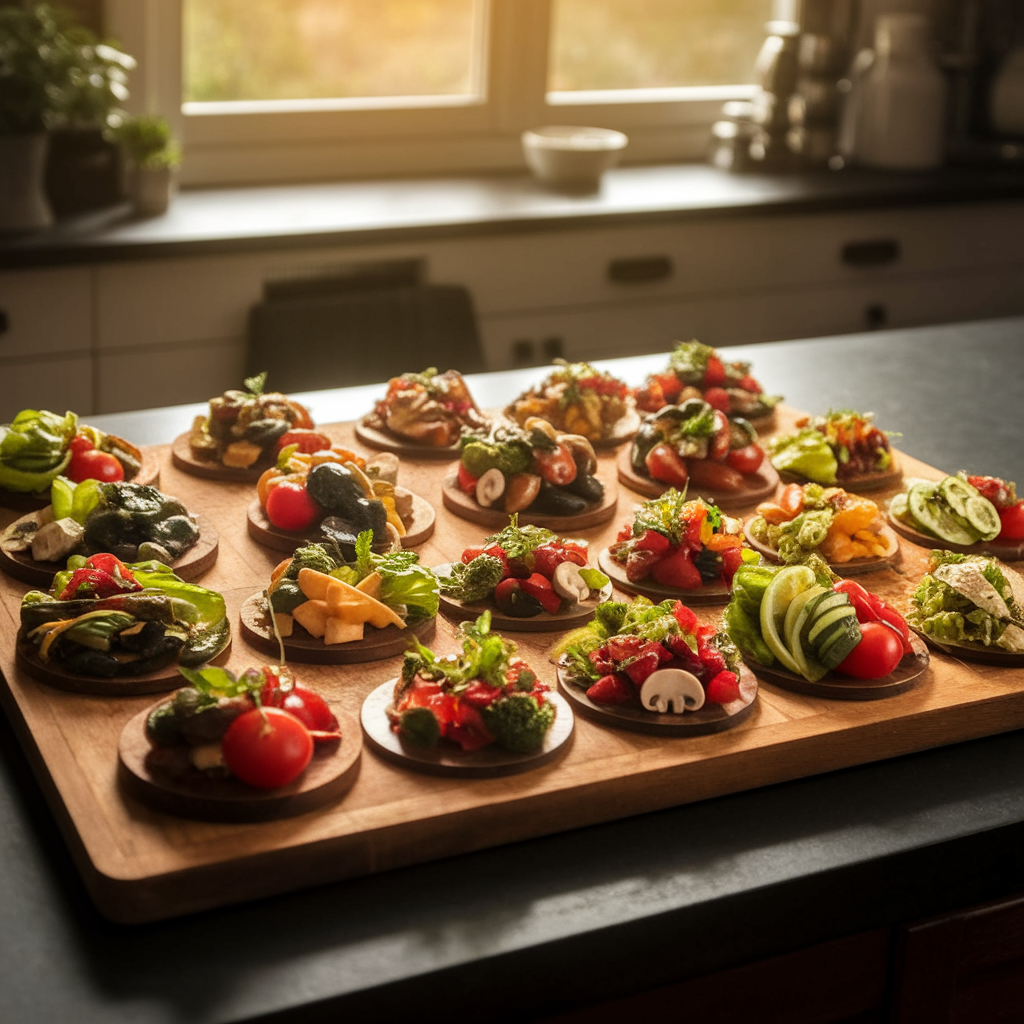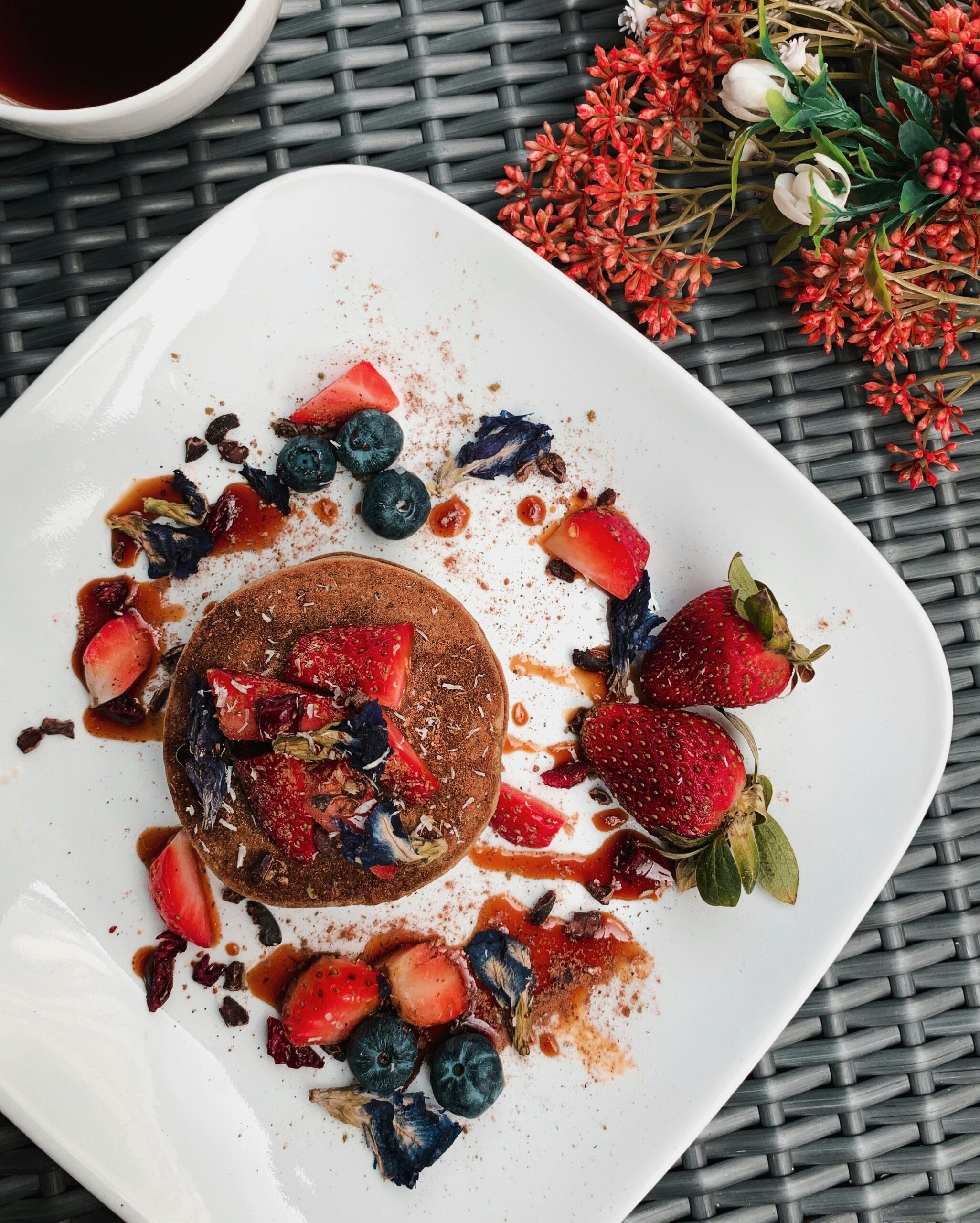What Happens When You Combine International Flavors in One Dish?
Food has an extraordinary power to bring people together, transcending borders and uniting cultures. But what happens when you take a culinary journey across continents and combine international flavors into a single dish? This question has sparked curiosity and creativity in kitchens worldwide, resulting in a delectable movement known as fusion cuisine. As a food lover and an eternal wanderer at heart, I’ve often found myself pondering the magic that happens when disparate culinary traditions collide. Spoiler alert: it’s often delicious, sometimes baffling, and occasionally a little ridiculous!
The Art of Fusion Cuisine
Fusion cuisine is not a new concept, but it has gained significant traction in recent years. The idea is simple: take flavors, techniques, and ingredients from different culinary traditions and blend them into a harmonious dish. Think sushi burritos, Korean tacos, or even the infamous Cronut. But why does this culinary mash-up work so well? Well, it’s all about balance, creativity, and a pinch of daring.
At its core, fusion cuisine challenges the traditional notions of what a dish should be. It dares to break the rules and encourages chefs to experiment. For example, I still remember my first taste of a Thai green curry pizza. The sweet and spicy notes of the curry, combined with the gooey mozzarella and crispy crust, was an unexpected delight. It struck me that this dish wasn’t just a culinary experiment; it was a conversation between cultures.
The Science Behind Flavor Combination
There’s a fascinating science behind why certain flavors work well together, and it plays a crucial role in the success of fusion dishes. The concept of flavor pairing has become a popular topic among chefs and food scientists alike. Some studies suggest that flavors can be categorized into families, and when two ingredients share a common flavor compound, they tend to complement each other. For instance, both strawberries and basil contain a compound called methyl salicylate, which explains why they pair so well in salads and desserts.
However, it’s not just about pairing ingredients. The technique of cooking also contributes to flavor profiles. For example, caramelization—a process that occurs when sugars are heated—can create a depth of flavor that enhances a dish. By combining cooking techniques from different cultures, chefs can elevate their fusion creations to new heights. Imagine a Moroccan tagine cooked with Italian risotto techniques; the result could be a creamy, spiced delight that tantalizes your taste buds.
Notable Examples of Fusion Cuisine
Fusion cuisine has a rich history, with countless examples that have emerged over the years. Let’s explore a few notable dishes that exemplify the beauty of combining international flavors.
1. Sushi Burritos
Ah, the sushi burrito—a culinary marvel that rolled its way into our hearts (and stomachs). This handheld delight combines the best elements of sushi and burritos, offering a fresh take on both. Imagine a generous serving of sushi rice wrapped around a variety of fillings, from spicy tuna to avocado, all rolled in a nori wrapper. It’s portable, satisfying, and downright delicious.
What makes it work? The textures and flavors play a crucial role. The creaminess of avocado contrasts beautifully with the delicate fish, while the umami notes of soy sauce and wasabi add depth. Plus, it’s fun to eat—who wouldn’t want to enjoy their sushi on the go?
2. Korean Tacos
If you’ve ever found yourself at a food truck festival, chances are you’ve encountered the infamous Korean taco. These little bundles of joy are a brilliant combination of Korean BBQ and traditional Mexican tacos. Picture marinated bulgogi beef, topped with a zesty kimchi slaw and drizzled with spicy mayo—all cradled in a soft corn tortilla. It’s a flavor explosion that celebrates the best of both worlds.
The fusion here lies not just in the ingredients, but also in the presentation and cultural significance. Tacos are a staple of Mexican cuisine, while Korean BBQ is all about communal dining. By merging these two traditions, chefs create a dish that embodies the spirit of sharing and enjoyment, proving that food can indeed break down barriers.
3. Indian Pizza
Now, let’s talk about another unexpected combination: Indian pizza. Imagine a thin crust topped with tikka masala, paneer, and a sprinkling of cilantro. It’s like a culinary passport that takes your taste buds on an adventure through India and Italy. The spices and flavors that define Indian cuisine find a comfortable home on a pizza, offering a unique twist on a classic dish.
This fusion works because pizza is a versatile canvas. The rich and creamy tikka masala pairs well with the chewy crust, while the fresh cilantro adds a burst of color and flavor. And let’s be honest, who doesn’t love pizza? It’s a universal comfort food that can adapt to any flavor profile, making it the perfect vessel for culinary experimentation.
The Risks and Rewards of Fusion Cooking
While the idea of fusion cuisine sounds enticing, it’s not without its challenges. Combining international flavors requires a delicate balance, and not every combination will result in a culinary masterpiece. Some dishes may fall flat, leaving diners scratching their heads and wondering what went wrong.
Finding the Right Balance
One of the biggest risks of fusion cooking is the potential for flavor overload. It’s easy to get carried away and try to cram too many ingredients into one dish. This can lead to a muddled flavor profile that confuses the palate. I once encountered a “global fusion” dish that attempted to combine flavors from five different cuisines. Let’s just say that the result was…interesting, to say the least. (I still have nightmares about the coconut curry kimchi quesadilla!)
Successful fusion cooking hinges on finding the right balance. It’s essential to choose flavors that complement each other rather than compete. A good rule of thumb is to focus on one or two primary flavors and build around them. For instance, if you’re making a Mediterranean-Asian fusion dish, consider using grilled chicken marinated in teriyaki sauce, served over a bed of quinoa, and topped with tzatziki sauce. It’s a delicious way to merge cultures without overwhelming the senses.
Understanding Cultural Sensitivity
Another challenge that arises in the world of fusion cuisine is the question of cultural sensitivity. Food is deeply tied to cultural identity, and when chefs borrow from different traditions, it’s essential to do so with respect and understanding. There’s a fine line between creative expression and appropriation, and it’s crucial to be mindful of the origins of the ingredients and techniques being used.
For instance, creating a “Mexican-Indian” fusion dish that incorporates traditional recipes and ingredients can be exciting, but it’s important to acknowledge the cultural significance behind those dishes. Engaging with the communities from which these flavors originate can lead to more authentic and respectful culinary creations. After all, food is not just about taste; it’s about stories, heritage, and connection.
The Future of Fusion Cuisine
As we look to the future of fusion cuisine, one thing is clear: the culinary landscape is ever-evolving. With globalization and cultural exchange at an all-time high, the possibilities for flavor combinations are virtually limitless. We’re already seeing chefs experiment with unconventional pairings, and I can’t help but wonder what the next big trend will be.
Embracing Technology and Innovation
Technology plays a significant role in shaping the future of fusion cuisine. With the rise of molecular gastronomy, chefs are now able to manipulate flavors and textures in ways that were once unimaginable. Think of edible spheres that burst with flavor or foams that carry the essence of a dish. These innovations allow for a new level of creativity, pushing the boundaries of what fusion cuisine can be.
Moreover, the accessibility of global ingredients has expanded dramatically. A visit to your local grocery store can reveal a plethora of international products that may not have been available a decade ago. This growing availability means that home cooks and professional chefs alike can experiment with flavors from around the world, fostering a culture of culinary exploration.
Celebrating Diversity through Food
At its best, fusion cuisine celebrates diversity and promotes understanding between cultures. It encourages us to step out of our comfort zones and embrace new flavors, textures, and cooking techniques. Every fusion dish tells a story, reflecting the journey of its ingredients and the creativity of the chef who crafted it.
As we gather around tables adorned with dishes from various cultures, we can appreciate the beauty of our differences while finding common ground in our love for food. So, whether you’re biting into a kimchi quesadilla or savoring a curry-infused pasta, remember that you’re not just tasting a meal; you’re experiencing a fusion of stories, traditions, and flavors that span the globe.
Conclusion: A Taste of the World on Your Plate
In a world where culinary boundaries are constantly shifting, the combination of international flavors in one dish represents a microcosm of our global society. It’s a celebration of creativity, innovation, and the power of food to connect us. So next time you find yourself in the kitchen, don’t shy away from mixing things up—embrace the spirit of fusion and create a dish that reflects not just your taste but also the rich tapestry of cultures that make up our world.
After all, cooking is an art, and every dish is an opportunity to tell a story. Whether you’re inspired by a trip abroad or simply curious about new flavors, remember that the kitchen is your canvas. So go ahead—mix, match, and create a masterpiece that blends the best of what our global culinary heritage has to offer.




